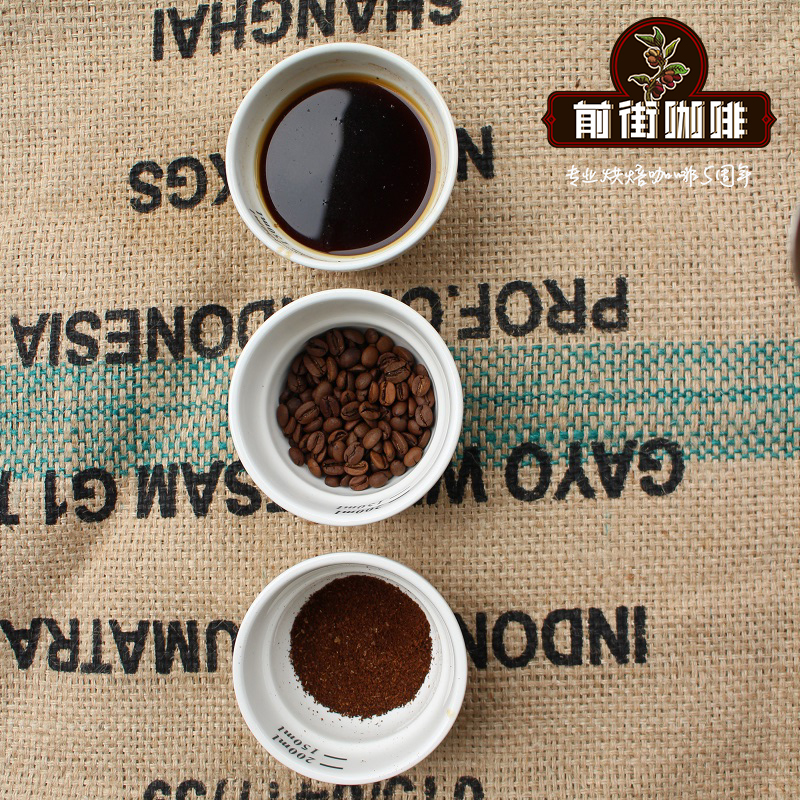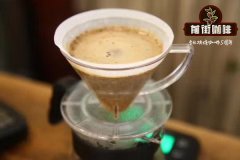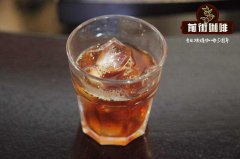What is the flavor of Taiwan alpine coffee? how many kinds of individual coffee practices can be shared?

Professional coffee knowledge exchange more coffee bean information please follow the coffee workshop (Wechat official account cafe_style)
Qianjie-knowledge sharing of Taiwan Coffee and individual Coffee production
In Taiwan, where coffee is grown along the golden belt in the north and south latitudes, the altitude, air, local brew quality and temperature of Alishan are all very suitable for baking good coffee beans of high quality. However, since the British first brought coffee trees to Taiwan in 1884, they have been unknown for more than a hundred years. At the same time, they have not tried to cultivate them attentively. They missed the Japanese occupation period and the American aid era, and carefully cut seeds and encountered the most powerful earthquake in Taiwan. Although it did not damage the hearts of coffee farmers and enthusiasts.
The sweat and hard work of the Taiwanese were finally seen around the world in 2009. Alishan Coffee beans stood on the world's boutique coffee stage and won the honor of 11, the best product in Asia, and such a good ranking for the first time in Alish. it also makes the few estates on Alishan that cut coffee beans organically, gain great confidence and receive global attention at the same time.
Since then, the owners of coffee farms in Taiwan have opened their horizons and put their energies into coffee cultivation. They know more about collecting global boutique coffee information, know more about cup testing, and pay more attention to post-production. In 2014, in the Q Certificate certification of the American CQI Coffee quality Association, the Dragon Coffee Organic Ecological Park in Taichung scored 84.41, and the delivered coffee beans from the Alishan Tropical Dance Manor even got a high score of 84.67, directly killing many of the world's boutique coffee beans, even on a par with Kenya's AA, and more than 85 in 2015, distancing itself from its competitors.
It is a pity that Taiwan is too small, and the total annual coffee output is less than 700 metric tons, not to mention the scarcity of beans awarded in the Alishan competition, which has become a boutique growing place for experts all over the world. During the coffee growing period in Taiwan over the past 130 years, Taiwan has produced eight major production areas, producing boutique coffee that captivates the world's masters.
Coffee trees are low-yield Tibica, planted in Alishan, 1200 meters above sea level, and associated shade trees are citrus and longan, grown organically and certified by the American Coffee Association. Tropical Wuqu Manor takes turns fallow farming to fully cultivate organic soil, so at present only 2.5 hectares of land can be harvested, and one hectare can only produce 500 kilograms of sauces.
When you drink into your mouth, the bright and lively manganic acid immediately rushes out and jumps in your mouth, waiting for you to swallow the coffee juice and disappear very quickly at the same time. The personality is bright and clear, and the taste is pure. The key point is that 10 minutes after entering the throat, the sense of coffee sweetness has been hanging in the throat, and it stays for a long time, which is obviously the characteristic of high-altitude coffee beans.
There are many kinds of coffee brewing utensils and methods, such as siphon pot, mocha pot, drip filter pot, hand brewing and so on. The most interesting thing about coffee tasting is that even if the same person, the same kind of beans, and the same utensils are used, the coffee will be made differently because of the differences in water temperature, powder thickness and the ratio of water to powder.
Gift of knowledge: on June 20, 1908, Melita registered her invention with the Royal Patent Office: a copper coffee filter cup with a water outlet at the bottom, the world's first follicular coffee cup. At that time, Melita Benz set up the "Melita Company" in her own home with a small amount of money, and used her autograph Melitta as a registered trademark of the product.
END
Important Notice :
前街咖啡 FrontStreet Coffee has moved to new addredd:
FrontStreet Coffee Address: 315,Donghua East Road,GuangZhou
Tel:020 38364473
- Prev

The story of how to drink Yemeni Haraji coffee the flavor of Yemeni Haraji coffee
For more information on coffee beans, please follow the coffee workshop (Wechat official account cafe_style) Yemeni Harazi Coffee is produced only from the Harazi Mountains, an ancient coffee-growing area on the remote northwest plateau. Coffee grows at a very high altitude and the density of coffee beans is very high. The height of agricultural land in this area ranges from 4500 feet to 9000 feet. Taste
- Next

Brief introduction to the characteristics, flavor and taste of Taiwan coffee which is better, Italian coffee or hand-brewed coffee?
Professional coffee knowledge exchange more coffee bean information please follow the coffee workshop (Wechat official account cafe_style) front street-Taiwan Alishan coffee characteristics, Italian and individual coffee choice knowledge sharing Alishan coffee is the most special and superior coffee in Taiwan, and the output is low, the scarcity is precious. Alishan, located 75 kilometers east of Chiayi City, Taiwan, has a unique climate and
Related
- Beginners will see the "Coffee pull flower" guide!
- What is the difference between ice blog purified milk and ordinary milk coffee?
- Why is the Philippines the largest producer of crops in Liberia?
- For coffee extraction, should the fine powder be retained?
- How does extracted espresso fill pressed powder? How much strength does it take to press the powder?
- How to make jasmine cold extract coffee? Is the jasmine + latte good?
- Will this little toy really make the coffee taste better? How does Lily Drip affect coffee extraction?
- Will the action of slapping the filter cup also affect coffee extraction?
- What's the difference between powder-to-water ratio and powder-to-liquid ratio?
- What is the Ethiopian local species? What does it have to do with Heirloom native species?

